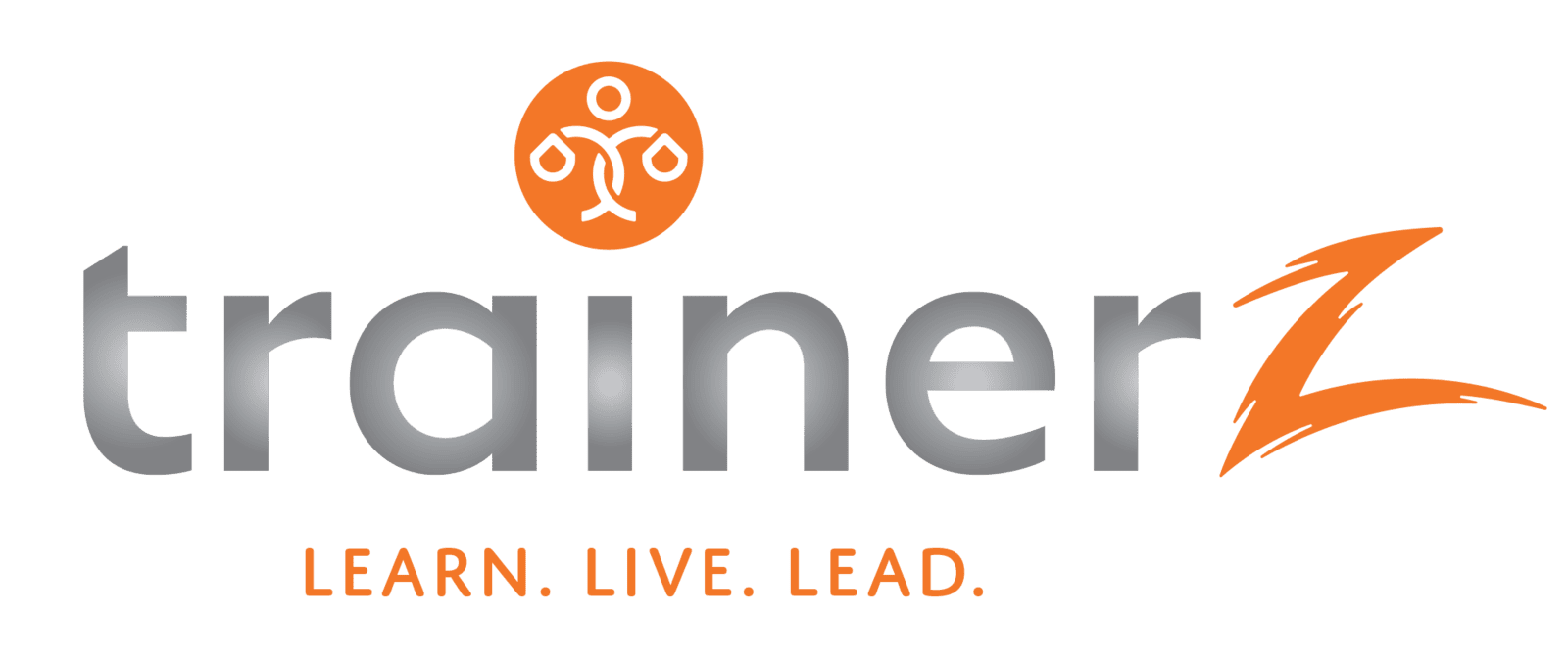Nepal SMME Sector Overview
The Micro, Small, and Medium Enterprise (MSME) sector in Nepal is the engine of its developing economy. It's the backbone of the private sector, playing a vital role in creating jobs, reducing poverty, and promoting balanced regional development.
- Economic Contribution: The SME sector contributes around 22% of Nepal's GDP. While this is lower than in more developed economies, it is still a significant driver of economic activity and is crucial for diversifying the economy beyond agriculture.
- Role in Employment: MSMEs are the largest employers in the country, providing jobs for an estimated 2.5 million people, which is over 80% of the non-agricultural workforce. This sector is particularly important for providing livelihoods for women and young people, reducing the need for foreign employment.
- General Characteristics: The majority of Nepalese SMEs are micro-enterprises. They are geographically dispersed, with a high concentration in both rural and urban areas. A key challenge they face is a lack of access to formal financing, which is a significant barrier to growth and formalization.
Key SMME Industries and Examples
1. Agriculture and Agro-processing
- Examples: Rice and flour mills, dairy producers, fruit processing and packaging, and organic vegetable farms.
- Firm Profile: These are typically small-scale, often family-owned, and are highly dependent on local agricultural output. They can range from a few employees to a few dozen.
- Age Demographics: This sector is multi-generational. While older individuals (Gen X and Baby Boomers) often own and manage traditional farming and processing units, younger entrepreneurs (Millennials and Gen Z) are increasingly entering the sector, focusing on value-added products and organic farming.
- Opportunities & Risks:Opportunities are abundant due to a large agricultural base and rising domestic demand for packaged and processed foods. Risks include vulnerability to weather conditions, a lack of modern technology, and supply chain inefficiencies.
2. Tourism and Hospitality
- Examples: Guesthouses, trekking agencies, small-scale restaurants and cafes, and souvenir shops.
- Firm Profile: These firms are often small, with a few employees, and are directly involved in providing services to both domestic and international tourists.
- Age Demographics: This industry attracts entrepreneurs from all age groups. Experienced individuals (Gen X) often run established hotels and travel agencies, while younger generations (Millennials and Gen Z) are starting new businesses in eco-tourism, adventure tourism, and online travel services.
- Opportunities & Risks:Opportunities lie in Nepal's natural beauty and cultural heritage, which attract millions of tourists. Risks include political instability, natural disasters, and the need for high-quality customer service.
3. Handicrafts and Textiles
- Examples: Pashmina and woolen product manufacturing, traditional pottery, metalworks, and weaving businesses.
- Firm Profile: These are often small, home-based or artisan-led ventures, relying on traditional skills and craftsmanship.
- Age Demographics: The sector has a strong presence of older generations who have inherited traditional skills. However, younger entrepreneurs are driving the modernization of this industry through e-commerce and digital marketing to reach a global market.
- Opportunities & Risks:Opportunities include a rich cultural heritage that appeals to international markets and the potential to create unique, high-value products. Risks include competition from mass-produced goods and a lack of access to international markets.
The Most Popular SMME Industries (Per Age Group/Generation)
- Youth & Millennials (Age 18-45): This demographic is at the forefront of the new-age economy. They are most prominent in technology-driven sectors like IT, e-commerce, and digital marketing. They are also revitalizing traditional sectors by introducing technology, such as in agritech and online retail for handicrafts.
- Middle-Aged (Gen X, Age 46-59): Entrepreneurs in this age bracket tend to dominate well-established sectors like traditional trade, light manufacturing, and construction. They leverage their years of experience and networks to run and grow their enterprises.
- Older Generations (Age 60+): This group is primarily involved in long-standing family businesses, including small retail shops, agriculture, and traditional crafts. Their businesses are often community-centric and thrive on decades of established trust and customer loyalty.
The Most Popular SMME Industries (Per Region/Province/State)
- Bagmati Province:
- Summary: As the most economically important province, it is home to the capital, Kathmandu. Its economy is diverse, with a strong focus on services, trade, and IT.
- Key Industries: IT and IT-enabled services, retail, tourism, and a range of light manufacturing.
- Trends: The province is the center of Nepal's startup ecosystem, with significant growth in e-commerce and technology-driven businesses.
- Lumbini Province:
- Summary: Known for its religious significance as the birthplace of Lord Buddha, Lumbini's economy is centered on religious tourism, agriculture, and cross-border trade with India.
- Key Industries: Tourism and hospitality, agro-based industries, and small-scale manufacturing.
- Trends: Efforts are being made to promote both religious and secular tourism, and to improve agro-processing technology.
- Madhes Province:
- Summary: A fertile agricultural region bordering India, its economy is primarily based on agriculture and trade.
- Key Industries: Agro-based industries (rice, sugarcane), retail, and handicrafts.
- Trends: The province is focusing on improving agricultural productivity and enhancing trade with India through formal border points.
- Koshi Province:
- Summary: Located in the eastern part of the country, Koshi Province has a mixed economy of agriculture, industry, and a growing services sector.
- Key Industries: Tea cultivation and processing, light manufacturing, and tourism.
- Trends: The province is focusing on promoting its tea industry and attracting investments in manufacturing and tourism.
- Kathmandu Valley:
- Summary: The core of Bagmati Province, this area is Nepal's commercial and cultural heart. It's the hub for services, trade, and tourism.
- Key Industries: IT and software development, retail, food and beverage, and tourism services.
- Trends: A vibrant startup scene and a growing number of small businesses that cater to the urban population.
- Terai region:
- Summary: A broad geographical region encompassing the southern parts of the country, the Terai is the "granary of Nepal." Its economy is heavily based on agriculture.
- Key Industries: Agro-based industries (rice mills, sugar mills), transport, and cross-border trade.
- Trends: The region is essential for food security and is seeing a focus on improving agricultural technology and supply chains.
The training and business consulting required for these popular industries
- IT and IT-enabled Services:
- Training: Advanced software development, data analytics, and cybersecurity certifications.
- Consulting: Business strategy for scaling tech startups, digital marketing, and intellectual property protection.
- Tourism and Hospitality:
- Training: Customer service excellence, digital marketing for tourism businesses, and hospitality management.
- Consulting: Strategic planning for new tourism ventures and financial management for small guesthouses.
- Food Processing and Agribusiness:
- Training: Food safety and hygiene certification, modern food preservation and packaging techniques, and supply chain management.
- Consulting: Market research for new product launches, financial planning for capital expenditure on machinery, and export promotion.
Top SMME Business Opportunities (Per Region/Province/State)
- Bagmati Province: A digital marketing agency, a food delivery service specializing in organic products, and a small-scale software development firm.
- Lumbini Province: A business providing spiritual and wellness tours, a firm specializing in organic food processing and packaging, and a guesthouse for religious pilgrims.
- Madhes Province: A rice mill that uses modern technology to improve quality, a transport and logistics company for agricultural goods, and a retail business that imports consumer goods from India.
- Koshi Province: A small-scale tea processing and packaging business, an adventure tourism company for trekking and rafting, and a firm that provides consulting services to farmers.
- Kathmandu Valley: A co-working space for startups, a specialty restaurant serving both local and international cuisine, and a boutique handicraft store with an online presence.
- Terai region: A business that sells agricultural tools and fertilizers to local farmers, a small-scale agro-processing unit for rice or corn, and a transport service for goods moving between the Terai and the hills.
Business and Vocational Skills required for these SMME Opportunities
- General Business Skills (for all regions):
- Financial Literacy: Understanding of cash flow, basic accounting, and financial planning.
- Digital Marketing: Ability to create a strong online presence, use social media for business, and run targeted ad campaigns.
- Networking: Building a professional network for partnerships and business development.
- Problem-Solving: The ability to identify business challenges and develop creative solutions.
- Vocational Skills (specific to regional opportunities):
- Bagmati Province: Advanced IT skills, project management, and expertise in digital marketing and web development.
- Lumbini Province: Hospitality and customer service skills, and knowledge of agro-processing and food safety.
- Madhes Province & Terai region: Knowledge of agricultural technology, logistics, and trade regulations.
- Koshi Province: Skills in adventure sports, tourism management, and an understanding of the tea industry.


